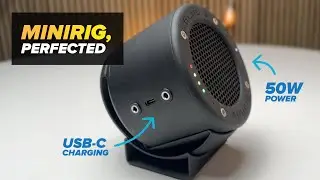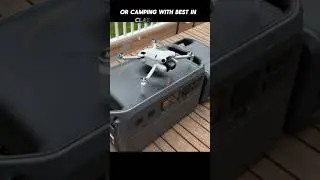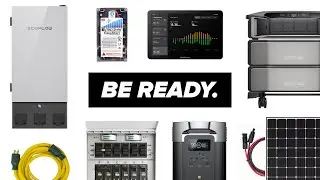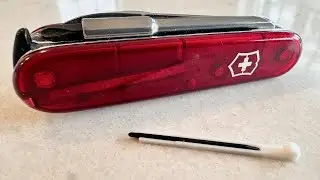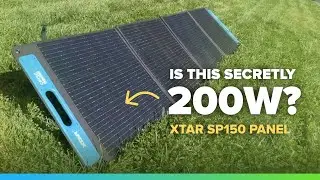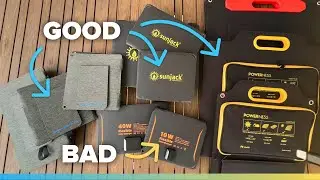Goal Zero Yeti Lithium 1000/1400/3000: Chain 12v Lithium and Lead Acid Batteries with auto adaptor
A quick proof of concept showing that you can use the new car charger to connect any 12v battery (or bank of batteries) to a Goal Zero Yeti lithium (Yeti 1000, Yeti 1400, Yeti 3000, etc.) to act as a charger for the units and essentially extend their capacity. Anything that puts out a steady 12v should work with this adaptor. This isn't quite the same as a fully integrated system but it gets the electrons into the Yeti safely and only costs $40 instead of $400 for the forthcoming Link (lead acid only).
You can recharge your external battery with whatever charger you want once it runs down and if you have lots of solar you could even use the Yeti's inverter to recharge it. You definitely want to place a battery protector/monitor between the battery and the Yeti car charger to prevent this from completely draining your external battery and causing damage to it (especially true of lead acid that shouldn't cycle below 50%)
I ran this test with a 3-4 year old Optima Blue Top battery that is a hybrid deep cycle/starting AGM lead acid battery:
https://www.optimabatteries.com/en-us...
I didn't test this on a lithium battery but a lead acid compatible 12v battery like the Battle Borns should work great and would be much better than lead acid.
https://battlebornbatteries.com/shop/...
I charge mine with a NOCO genius:
https://no.co/products/charging/multi...
This is the Goal Zero lithium car charger I used:
https://www.goalzero.com/shop/cords-a...
Victron BatteryProtect - super important to keep the battery from being drained too low, this will help:
https://www.amazon.com/gp/product/B01...
I didn't get into all the factors of why lead acid batteries are junk but I think this died fast because I was pulling a decent amount of current from it. Will Proust has a great video that gets into all the details I glossed over:
• How Battery Manufacturers Rating Standards...
Related: I didn't cover why I switched from the MPPT to PWM inputs. From reading up, a MPPT controller keeps testing the source by increasing the power until it hits a wall. As I mentioned, a lead acid battery isn't designed for maximum short-term output and instead likes to give off a slow, steady power over 20 or more hours for best results. That's why I went with the lower 5a switch setting and PWM input. If you have a larger battery bank or a lithium battery, you can pull more power, faster.









